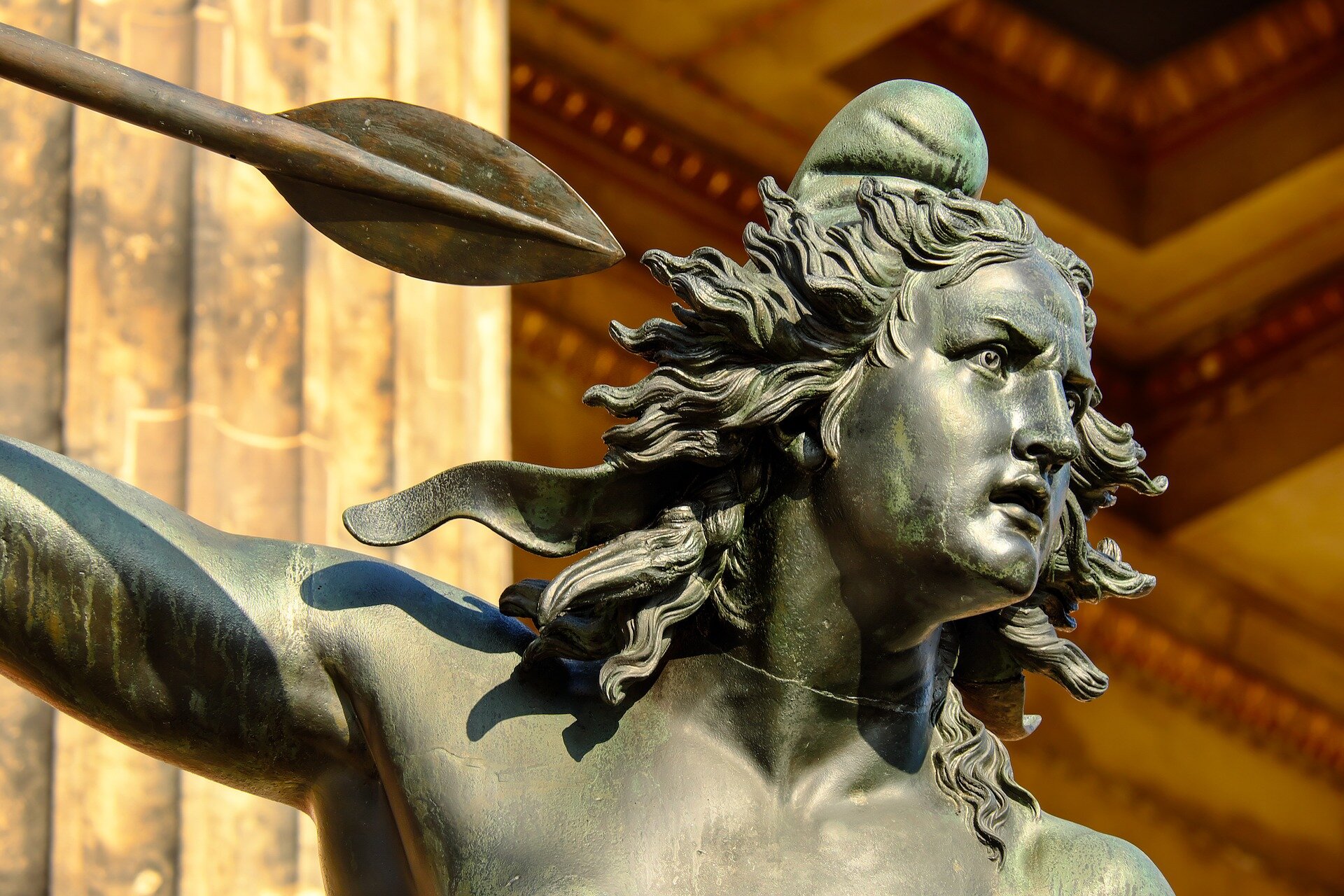Feminine Archetype Riff
/Maiden-Mother-Crone-Virgin-Vixen-Virago. Maiden-Mother-Crone-Virgin-Vixen-Virago. The litany of the feminine archetypes almost sounds like a nursery rhyme, doesn’t it?
We’re obsessed with the Maiden in American culture.
Maiden
Virgins are the belles of the balls, and the Vixens are the she-devils who devour the balls. The Mother plays a secondary role, there to support or to suppress. The Crone plays a minor role, and the Virago gets scarcely a mention.
This last is the greatest shame.
Of course, I’m speaking in generalities, and there are plenty of exceptions to this rule.
For instance, “Ocean’s 8: definitely had some pretty strong Virago power, which Sandra Bullock and Cate Blanchett rocked beautifully. There was even a Crone in the failing dress designer, who had some classic moments. But there were plenty of vampy Vixens going around. I’m sure there had to be or perhaps the film wouldn’t have been made.
That said, there is so much power and mystery in our feminine archetypes, with so many layers. Yet we only scratch the surface without going deeper, and thus cheat ourselves in literature and film.
Maiden, Mother, and Crone are the archetypes that represent the various phases women go through, given a full life span. These phases are pretty self-explanatory.
A woman doesn’t need to actually have kids to be in the Mother phase. We go through it one way or another – as aunties, mentors, and teachers.
Mother
But how many women do we know personally and in the media who desperately try to hold on to the phase of the Maiden and avoid the Crone phase like the plague?
How tragic is that? And why?
When the woman wears the Crone with pride, she’s often respected for it – like Frances McDormand, who gave a beautiful interview where she explained why she never got plastic surgery because it would erase her life from her face.
Also, Olympia Dukakis, whose career hit her peak in her Crone years, and is STILL getting work because of it (Tales of the City).
“Grace and Frankie” is one of the funniest comedy series on Netflix. What’s it about? Two Crones whose husbands leave them to marry each other.
Crone
“The Golden Girls” ran for 8 full seasons. One of my college roommates, a frat boy, really loved that show. But he had to justify it to his frat boy friends by complaining that he hated liking that show because “it was about women.”
That statement alone is fodder for another blog post. Most people get more interesting with the passage of time due to EXPERIENCE, and the ones who don’t lack the qualities to develop wisdom. So it’s absurd that anybody would have to apologize or feel defensive about liking quality writing and great characters.
So why do we obsess over the Maiden, whose feminine power has yet to be fully grown?
Virgin
Maybe about to be devoured by lion?
This post may come across as rather peculiar of me, given that as a writer, my central character in the Ella Bandita stories is an eternal Maiden, a Vixen destroyer who stopped aging at the age of 20. This, of course, also makes her a Virago in the most unflattering light.
But!
Yes, but…
As much as that may seem enviable, Ella Bandita is tragic. She is frozen in time while everybody around her grows older and eventually dies. She is trapped in her destroyer phase because she is also very ALONE, and she knows it.
This brings me to the next triad of archetypes, those that imply character, personality, identity.
Virgin, Vixen, Virago. We’re all familiar with Virgins and Vixens because they get plenty of airtime in books, shows, theater, and movies. But what I dislike about this is that the dichotomy sets it up to pit women against each other.
For instance, “Something Borrowed” is a romcom that I didn’t particularly care for, yet illustrates this dichotomy between the Virgin and Vixen beautifully. Kate Hudson is the Vixen best friend who snags Ginnifer Goodwin’s crush from right under her nose - and with her permission - because the Virgin didn’t have the backbone to speak up for what she wanted until the Vixen and her love interest were engaged. Of course, the Virgin ultimately gets the guy and their friendship is destroyed.
There was even a competitive Virgin-Vixen subplot in the teenage boy’s coming out tale, “Love, Simon.”
Vixen
Last, but not least, is the Virago. She has been the most underrepresented of the 3 V’s. When she is, the image is usually unflattering.
“Virago: A domineering, violent, or bad-tempered woman.” See what I mean. Violent Ella Bandita is very bad-tempered in the first novel.
“A woman of masculine strength or spirit; a female warrior.” An improvement. If Katniss from the Hunger Games starts a trend, perhaps the Virago is getting some of her due.
“A woman of stature, great strength, and courage who is not feminine in the conventional ways.” Now that’s more like it. Xena, Warrior Princess comes to mind.
Virago








